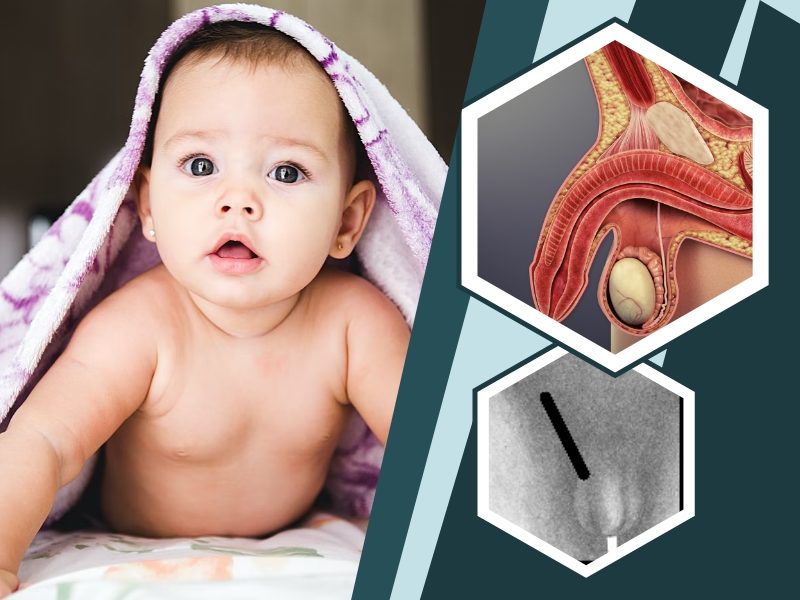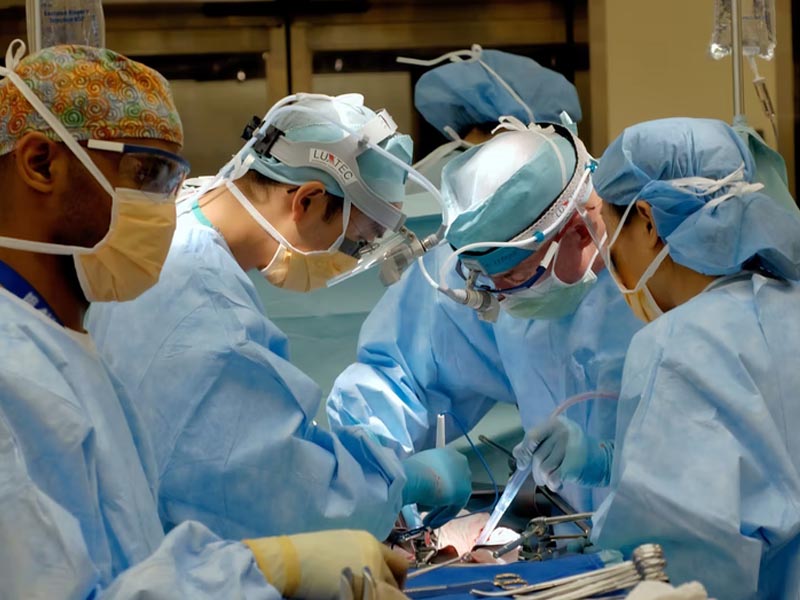Causes of Cryptorchidism

The causes of Cryptorchidism are not yet clear and vary in several factors. Cryptorchidism is also known as an undescended testicle. It is a testicle that hasn’t moved into its proper position in the bag of skin hanging below the penis before birth. This type of condition is uncommon in general, but common among baby boys born prematurely.
Symptoms of Cryptorchidism
Not seeing or feeling a testicle where you would expect it to be in the scrotum is the main symptom of an undescended testicle.
- An arrested testicle in one or both testes stays in the inguinal
- An ectopic testicle in which one or both testes descend
- An absent testicle in which the testes do not develop.
- Ascending testicle in which the testes are originally in a normal scrotal position. This can require surgery to correct.
About 80% of undescended testicles are tangible. The testicle is usually located at the end of the inguinal canal, a channel that carries the spermatic cord towards the penis and scrotum.
Causes and Risk Factors of Cryptorchidism

The exact cause of cryptorchidism is not known. However, a combination of genetics, maternal health, and other environmental factors might disrupt the hormones, physical changes, and nerve activity that influence the development of the testicles.
In their early stages, all fetuses contain structures that can develop into male or female reproductive organs. Children inherit their sex chromosomes from their parents. According to researchers, the testicles may start to develop incorrectly at this point. Other causes and risk factors may include:
- Low birth weight or premature birth
- Family history of undescended testicles or other problems of genital development
- Conditions that restrict growth such as Down syndrome or an abdominal wall defect
- Alcohol use or cigarette smoking by the mother during pregnancy
Treatment for Cryptorchidism
Treatment aims to move the undescended testicle to its right position in the scrotum. Treatment before 1 year of age might lower the risk of complications of an undescended testicle. Earlier is better, but it’s recommended that surgery takes place before the child is 18 months old.

- Surgery: An undescended testicle is usually corrected with surgery. This procedure can be done either with a laparoscope or with open surgery. Your surgeon will likely recommend doing the surgery when your son is about 6 months old and before he is 12 months old. Early surgical treatment appears to lower the risk of later complications.
- Hormone treatment: This involves the injection of human chorionic gonadotropin (HCG). This hormone could cause the testicle to move to your son’s scrotum.
- Other treatments: If your son doesn’t have one or both testicles, you might consider saline testicular prostheses for the scrotum that can be implanted during late childhood or adolescence. These prostheses give the scrotum a normal appearance.



